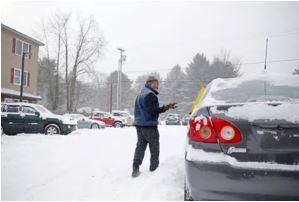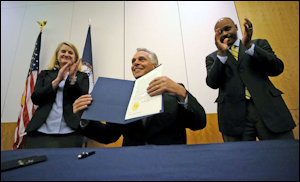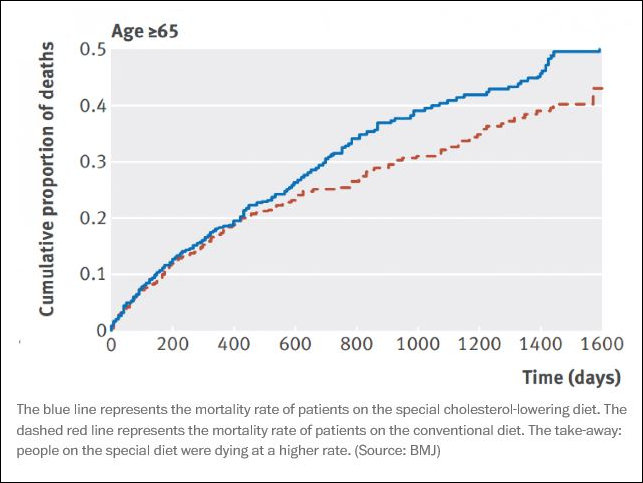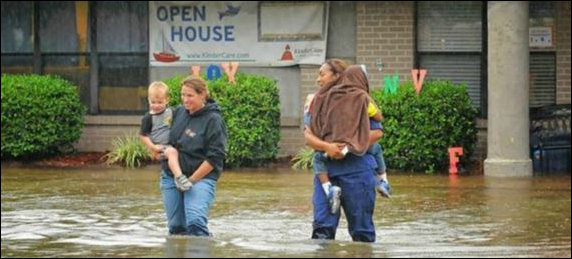
Recurrent flooding in Hampton Roads
by James A. Bacon
To hear Henry R. “Speaker” Pollard describe all the economic risks associated with rising sea levels in Hampton Roads — soaring insurance rates, higher financing costs, declining property values, disruption to business — one might be forgiven for wondering why any business would ever want to consider investing there. “It’s easy to get caught up in a gloom-and- doom perspective,” he says.
But Pollard draws a counter-intuitive conclusion: If business and government respond by moving up the learning curve on how to manage the risk, rising sea levels could provide a positive stimulus to the low-lying, flood-prone region. Speaking to an audience at the 2016 Resilient Virginia Conference, he said, “In the end Hampton Roads can achieve a competitive economic advantage compared to other coastal communities.”
Pollard’s optimism was echoed by other speakers at the conference, who described how Norfolk and Virginia Beach, among others, are grappling with the challenge of coping with sea levels that could rise two feet by 2100, if the historic rate prevails, or as much as eight feet, if more pessimistic global warming scenarios pan out.
Christine Morris, chief resilience officer for Norfolk, says her goal is to “marry the city to innovation.” By leading the way in devising positive responses to flooding and inundation, Norfolk can become a test bed for new technologies, solutions and urban designs. She foresees the city brokering knowledge, incubating new businesses and attracting companies that want to get in on the ground floor.
Rising sea levels pose several problems for Hampton Roads, some obvious and some less obvious, said Pollard, who is an environmental attorney with Williams Mullen. Inhabitants endure frequent road blockages during hard flooding, and the frequency of disruptions has increased markedly from decade to decade. Shoreline property owners are combating erosion, storm damage and sky-high insurance rates. Manufacturers worry about the ability of employees to make it to work during extreme-weather events and the ability to ship goods out of the region on a timely basis.
Less visible to the public, municipal and industrial water treatment facilities could find it more difficult to discharge treated wastewater when storm waters run high, said Pollard. Also the flooding of industrial property could flush out surface contamination and spread toxic pollutants. The retreat of wetlands could cause the loss of nursing grounds for fisheries.
Conceptually, there are three broad approaches to dealing with sea level rise: protect assets with hard infrastructure like walls and jetties; buffer the impact of storm surges with green infrastructure such as wetlands and oyster reefs; or retreat from the rising tide by limiting development and infrastructure.
“There is still a lot of uncertainty. We need to accept that — you never have perfect data,” said Pollard. Accordingly, there is no way to know which sea level scenario will occur. A slower pace of sea-level rise gives the region decades to prepare; a rapid rate calls out for more dramatic action.
Either way, he said, “there are opportunities out there.” He expects private lenders and insurers to play a major role in evaluating the risk. Companies devising successful approaches in Hampton Roads can apply their expertise in coastal communities around the world. He expects to see new real estate development strategies such as the re-purposing of industrial brownfields, and new financing strategies like public-private partnerships. Green infrastructure could give rise to new technologies, products and business opportunities.
Speaking from a planning perspective, Morris said she expects to see an evolution in the urban form to encourage denser development on the one hand and more “green and blue” — flood plains used for parks, ballfields and open space that suffer little loss in value when flooded. A key goal of Norfolk’s Coastal Resilience Strategy, she said, is to design “the coastal community of the future.”
Brian Batten, an engineering consultant to Virginia Beach, advocated matching capital investments to expected sea level rise over comparable time horizons — 1 1/2 feet of sea level rise over 20 to 40 years, and 3 feet over 50 to 80 years. Moody’s, the bond rating firm, is asking local governments how they are dealing with sea level rise. Sound planning can lead to superior bond ratings, he said, noting that Virginia Beach, which is thinking about these issues, had its AAA bond rating confirmed recently.
“If we do it well,” Pollard said, “we could come out better.”

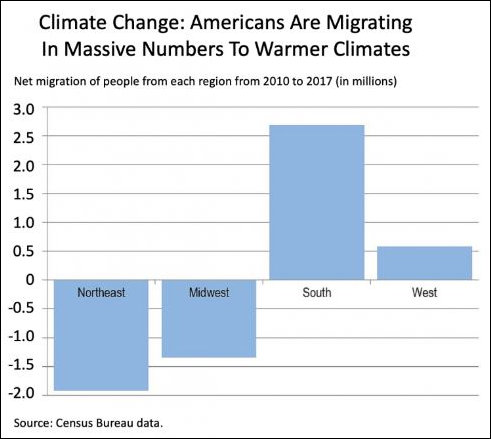
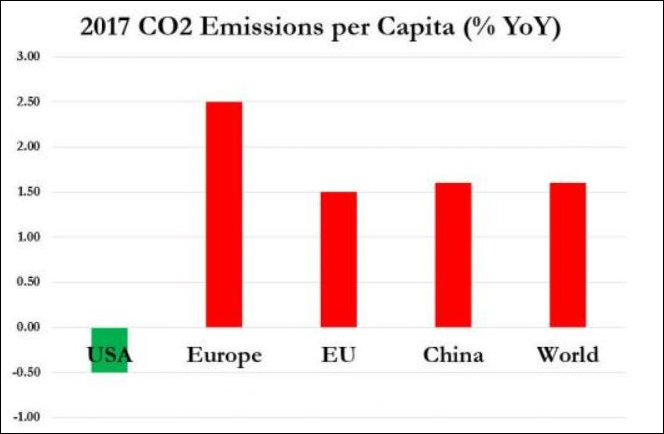


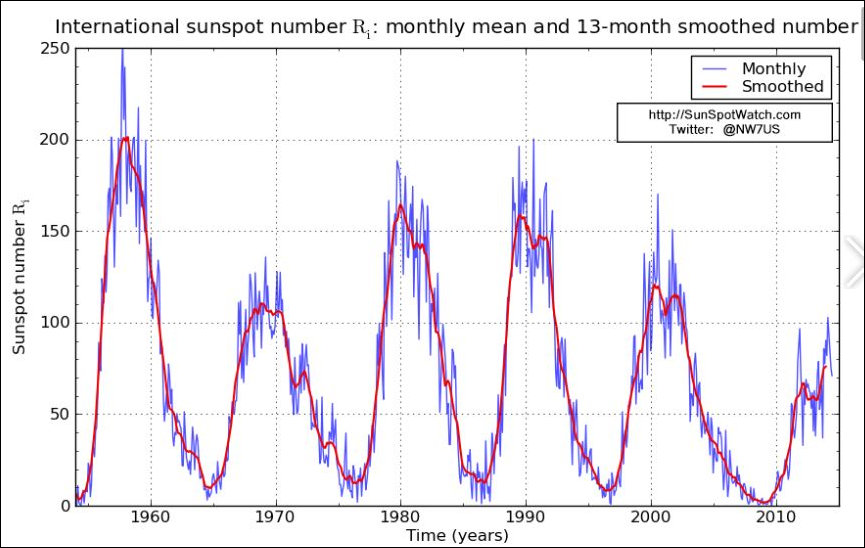
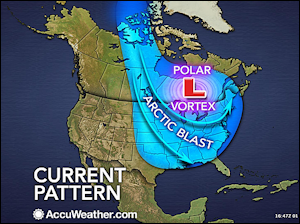 Virginia’s climate has been setting record low temperatures in the past few days, and state newspapers have been full of stories about poor people shivering in the cold, traffic accidents caused by black ice, and the defects of Virginia Department of Transportation snow removal. But I have seen nothing about the impact of the deep freeze on business and industry. That’s not to say that no one has written about it, rather to say that the topic hasn’t surfaced in any of the newspapers and Internet news feeds that I peruse every day.
Virginia’s climate has been setting record low temperatures in the past few days, and state newspapers have been full of stories about poor people shivering in the cold, traffic accidents caused by black ice, and the defects of Virginia Department of Transportation snow removal. But I have seen nothing about the impact of the deep freeze on business and industry. That’s not to say that no one has written about it, rather to say that the topic hasn’t surfaced in any of the newspapers and Internet news feeds that I peruse every day.